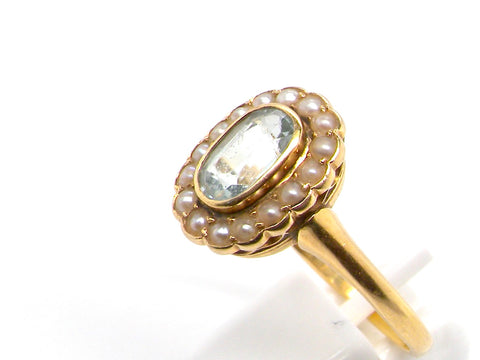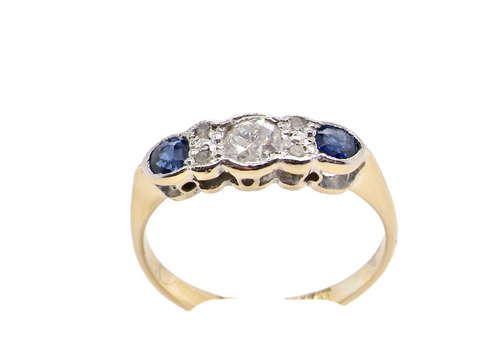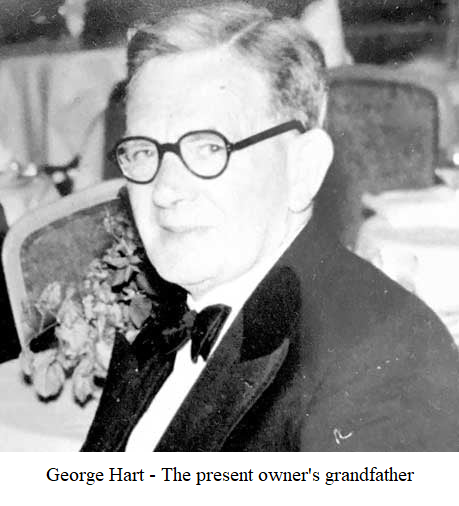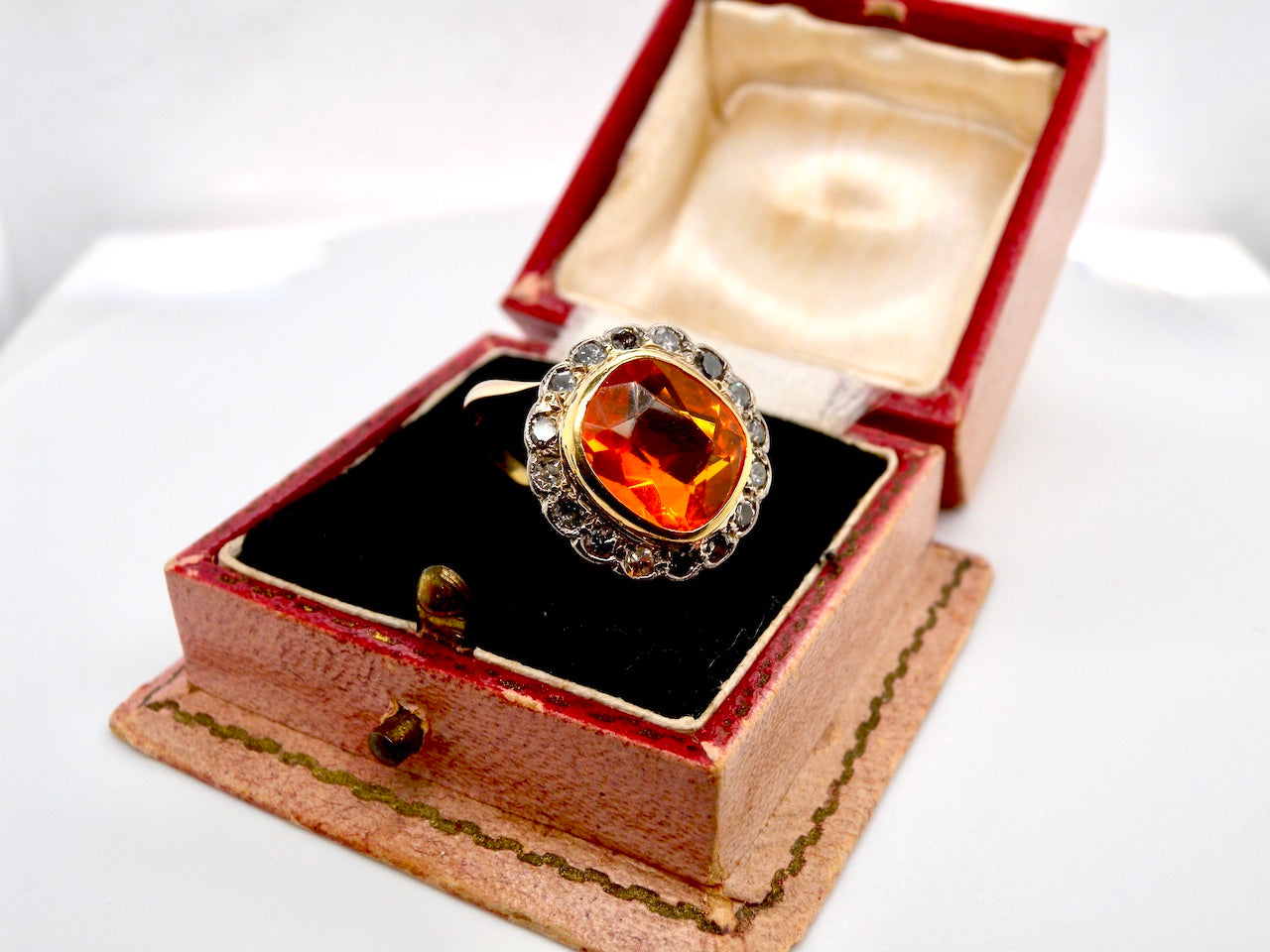Unlocking the Value of Timeless Treasures
Vintage jewellery refers to jewellery items that are at least 20 to 100 years old, depending on the definition used by experts and collectors. These pieces often carry historical significance, intricate craftsmanship, and unique design elements that set them apart from contemporary jewellery. Vintage jewellery holds sentimental value and is prized for its enduring beauty and timeless appeal.
The purpose of this guide is to empower readers with the knowledge and tools needed to understand vintage jewellery pricing. By delving into various factors that influence pricing and providing practical tips for navigating the market, this guide aims to demystify the process of valuing vintage jewellery and unlock the hidden treasures within each piece.
Understanding Vintage Jewellery
Vintage jewellery encompasses pieces that were created in previous eras, typically characterized by distinct design styles and aesthetic trends. It is important to differentiate between vintage, antique, and contemporary jewellery: Vintage jewellery refers to pieces that are between 20 to 100 years old, while antique jewellery is typically over 100 years old. Contemporary jewellery refers to pieces that are currently being produced and may draw inspiration from vintage designs.

Popular vintage jewellery eras include the:
Victorian era (1837-1901), characterized by intricate designs and romantic motifs;
Art Deco era (1920s-1930s), known for geometric shapes and bold colors;
Early 20th Century (1940s-1950s), marked by glamorous and feminine styles;
Mid-Century Modern era (1950s-1970s), featuring sleek and minimalist designs.
Common materials and techniques used in vintage jewellery production include precious metals such as gold, silver, and platinum, as well as gemstones, pearls, enamel, and filigree. Techniques such as hand-craftsmanship, casting, engraving, and stone setting were employed by skilled artisans to create intricate and elaborate designs.
Factors Affecting Vintage Jewellery Prices
Rarity and demand: The scarcity of a particular vintage jewellery piece and the level of demand for it can significantly impact its price. Rare and highly sought-after pieces command higher prices in the market.
Designer or maker: Vintage jewellery pieces created by renowned designers or prestigious jewellery houses often fetch higher prices due to their reputation and craftsmanship. Signed pieces or those with maker's marks are particularly desirable among collectors.
Materials and craftsmanship: The quality of materials and craftsmanship used in vintage jewellery production can influence its price. Pieces made with high-quality materials such as 18-carat gold and fine gemstones, and featuring intricate detailing and superior craftsmanship, are valued more highly.
Condition: The condition of a vintage jewellery piece is a crucial factor in determining its price. Pieces in excellent condition with minimal signs of wear, damage, or repairs typically command higher prices than those in poor condition.
Provenance and history: The provenance and history of a vintage jewellery piece, including its previous owners, place of origin, and any notable events or associations, can add to its value. Pieces with documented provenance or historical significance often fetch higher prices at auctions and among collectors.

Pricing Guide for Vintage Jewellery
Overview of pricing methods: Vintage jewellery prices are determined through various methods, including retail prices, auction results, and professional appraisals. Retail prices reflect the prices set by sellers in the market, while auction results provide insight into the prices realized for similar pieces at auction. Professional appraisals conducted by qualified appraisers assess the value of vintage jewellery based on factors such as materials, craftsmanship, condition, and market demand.
Researching vintage jewellery prices:
Conducting thorough research is essential when evaluating vintage jewellery prices. Utilize resources such as price guides, online marketplaces, auction catalogs, and specialized jewellery websites to gather information on comparable pieces and current market trends.
Tips for negotiating prices and navigating price discrepancies: When purchasing vintage jewellery, it is important to negotiate prices based on factors such as condition, provenance, and market trends. Be prepared to walk away if the price does not align with the value of the piece, and consider seeking professional advice from experienced collectors or appraisers.
Examples of Vintage Jewellery Pricing
Case studies featuring examples of vintage jewellery pieces: Explore real-life examples of vintage jewellery pieces from different eras and styles, including their estimated values based on market research and expert opinion. Examine the factors that influence pricing and learn how to assess the value of vintage jewellery pieces.Comparison of pricing variations based on different factors: Compare pricing variations for similar vintage jewellery pieces based on factors such as designer, materials, condition, and provenance. Understand how these factors impact pricing and learn how to identify value in vintage jewellery.
Investing in Vintage Jewellery
Considerations for collectors and investors: Vintage jewellery can be a valuable investment for collectors and investors seeking to build a diversified portfolio. Consider factors such as long-term value appreciation, market trends, and liquidity when investing in vintage jewellery.
Tips for building a vintage jewellery collection: Build a vintage jewellery collection that reflects your personal tastes and interests by setting a budget, conducting thorough research, and seeking out pieces with unique designs and historical significance. Focus on acquiring pieces that are well-made, in good condition, and have potential for future appreciation.
Long-term value appreciation and market trends: Vintage jewellery has the potential for long-term value appreciation, especially for rare and highly sought-after pieces. Stay informed about market trends, demand patterns, and emerging collecting interests to make informed investment decisions and maximize the value of your vintage jewellery collection.
Conclusion
Recap of key points covered in the guide: Vintage jewellery pricing is influenced by various factors, including rarity, demand, designer, materials, condition, provenance, and market trends. Understanding these factors and mastering the art of valuation is essential for unlocking the value of vintage jewellery and building a collection that delights and inspires. You can view our collection of Vintage Jewellery at Vintage Tom here
You May Also Like:Vintage Tom's Exquisite Vintage & Antique Engagement Rings



